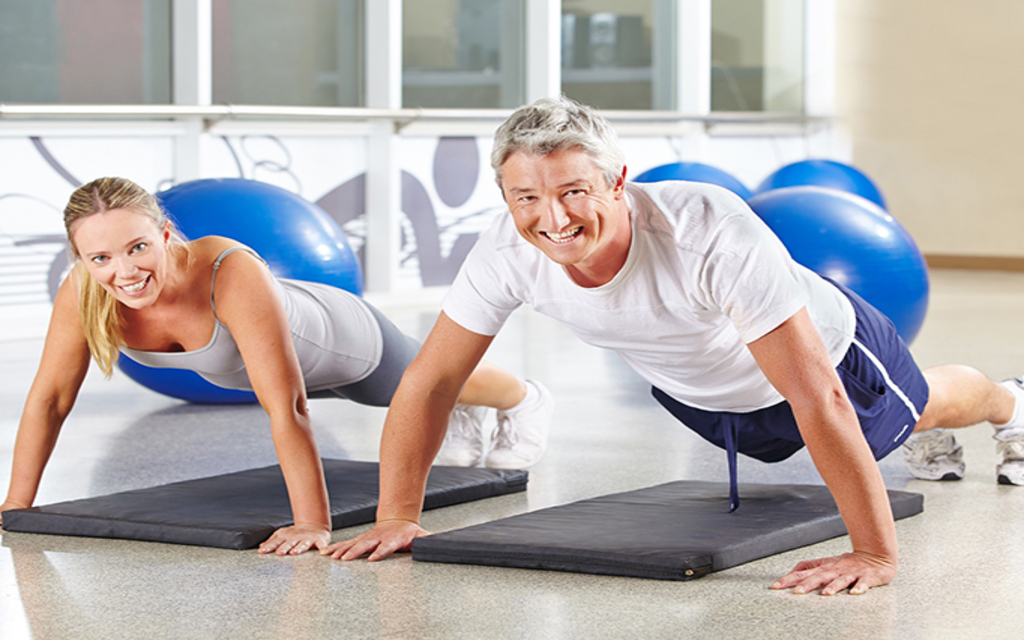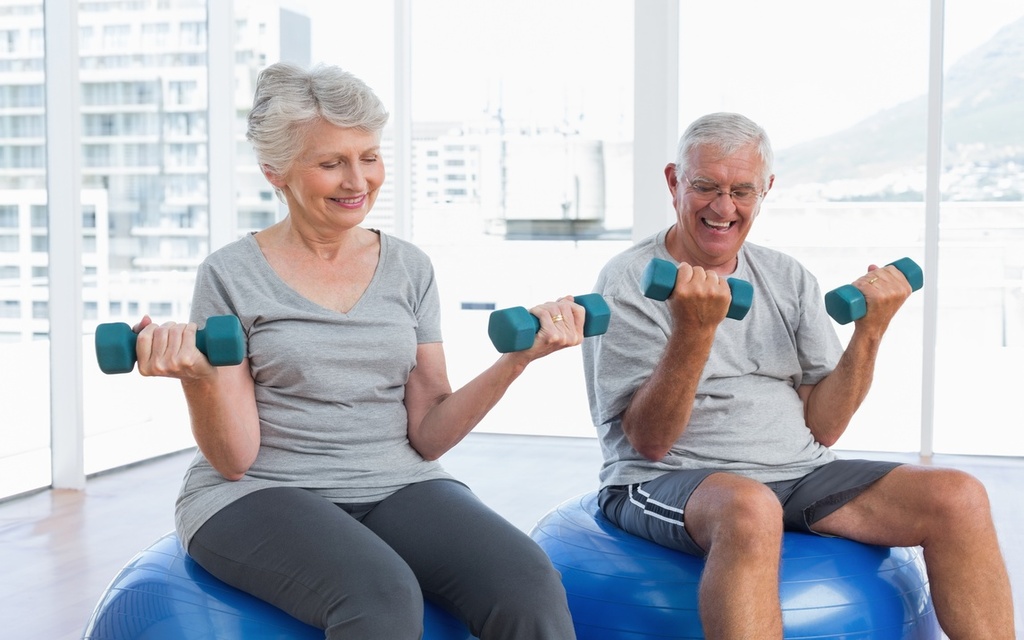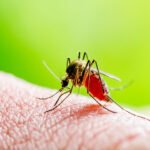The exercise entails moving your body and raising your heart rate above resting levels. It is crucial for maintaining both physical and mental wellness. People are always eager to know how can exercise prevent cardiovascular disease. Regular exercise offers a wide range of advantages for the body and mind, whether people choose low-intensity activities like walking or weight training or high-intensity ones like uphill cycling. Everyday exercise of any intensity is crucial for preventing a variety of illnesses and other health problems. Here, we are trying to explore, how can exercise prevent cardiovascular disease.
Table of Contents
Why Exercise is Important?
Like any muscle, the heart requires exercise. Regular exercise makes muscles stronger and healthier, whereas inactivity makes muscles weaker and atrophy. The heart can pump more blood through the body when it is active and can maintain peak performance with little effort. This should make it healthier for longer. In order to maintain healthy blood flow and stable blood pressure, regular exercise also helps to keep arteries and other blood vessels flexible.
Cardiovascular Benefits of Regular Exercise
So after learning why exercise is important, here we will learn how can exercise help or prevent cardiovascular disease.
- Your circulatory system and heart are strengthened, your circulation is enhanced, and your body is better able to utilize oxygen
- Reducing the symptoms of heart failure
- Blood pressure reduction
- Weight loss
- Lowering of bad cholesterol (LDL) and raising of good cholesterol (HDL)
- Increased sensitivity to insulin
Risks of Inactivity or Not Exercising
A lack of regular exercise may be responsible for as many as 250,000 deaths each year in the United States, says the American Heart Association journal Circulation. One of the top five risk factors for heart disease has continuously been leading a sedentary or inactive lifestyle. High blood pressure, high cholesterol, smoking, and obesity are other risk factors. Low levels of physical fitness are also associated with a higher incidence of cardiovascular events, such as heart attacks and death.
Other heart disease risk factors are impacted by inactivity as well. For instance, there is a higher chance of getting high blood pressure than there is for physically active adults. Living a sedentary lifestyle can raise your risk of developing the following health issues heart disease, type 2 diabetes, cancer, and osteoporosis.
Additionally, it raises the possibility of dying young from any cause, including the problems associated with obesity and being overweight. People who are overweight or obese are becoming more common than ever in several countries, including the US.
According to current U.S. recommendations, people should choose from the following:
- 150–300 minutes per week of moderate-intensity exercise
- 75–150 minutes per week of vigorous-intensity, aerobic physical activity, or a mix of the two
It is important to keep in mind that even short bursts of physical exercise during the day promote improved health.
Symptoms of Cardiovascular Disorders
- Uncomfortable chest (pressure, squeezing, fullness, pain)
- Discomfort in the back, jaw, stomach, or one or both of the arms
- Breathing difficulty
- Frozen sweat
- Nausea
- Lightheadedness
Women might not display the typical symptoms listed above. They are more likely to go through the following instead:
- Unusual exhaustion
- Disruptions in sleep
- Weakness
- Breathing difficulty
- Nausea/vomiting
- Jaw or back discomfort
Some Cardiac Exercises for Both Men & Women

















Some Workout Tips for Cardiovascular Disorder
- Limit the use of isometric exercises like pushups and situps.
- If it’s excessively hot, chilly, or humid outside, avoid exercising without first consulting your doctor.
- Maintaining reasonable hydration is important. Even before you feel thirsty, especially on hot days, it is crucial to drink water. But not to drink too much water.
- Make sure to ease back into the pattern if your fitness regimen has been interrupted for longer than a few days (for instance, due to an illness, vacation, or bad weather). Starting off at a lower intensity, gradually increase your activity until you reach where you left off.
Effects of Physical Activity on Cardiovascular Risk
By engaging in moderate-intensity physical exercise for at least 150 minutes a week, one can significantly improve one’s health, especially in terms of lowering cardiovascular risk.
The amount of physical activity and the rates of all-cause mortality in men and women, as well as in younger and older people, are clearly inversely correlated. A considerable 20–30% reduction in risk of all-cause death is related to minimal adherence to current physical exercise. To reduce risk, higher energy expenditure levels are very important.
Physical activity improves systolic blood pressure, angina symptoms, and exercise tolerance in both patients with and without re-vascularization (as well as 29% lower risk of cardiac events, 20% lower readmission rates).
Sports engagement in youth does not provide protection in later life unless they continue. Only ongoing physical activity is beneficial.
How Much Exercise Is Enough?
Exercise for 30 minutes a day, five days a week, will improve your heart health and lower your risk of developing heart disease, according to the American Heart Association. “Physical exercise” is defined as anything that causes your body to move and burn calories. This covers activities like walking, jogging, swimming, biking, playing sports, and more.
Before you start an exercise, consult with your doctor. They can assist you in identifying activities that will improve your heart health without putting you at risk for harm.
It was more common for doctors to recommend exercise to older persons between the ages of 45 and 85. Over the past ten years, the proportion of seniors 85 and older who receive exercise recommendations has nearly doubled. Adults with diseases like high blood pressure and cardiovascular disease should exercise more.
The Exercise strengthens muscles, delays bone thinning, and enhances balance and coordination. Increased levels of physical exercise have been found to lower the risk of numerous aging-related illnesses, including cardiovascular disease.
Stop Exercise Immediately If You Have Any of these Symptoms
- If you start to feel extremely exhausted or out of breath, stop the exercise. Talk to your doctor about the symptoms.
- Avoid exercising, if you are not feeling well or have recently been sick.
- Rest and contact your doctor if your breathing becomes increasingly difficult. The doctor might alter a patient’s medications, diet, or hydration intake.
- Stop what you’re doing, if your heartbeat becomes erratic or rapid, or if you get heart palpitations. During 15 minutes of rest, check your pulse. Consult your doctor if it beats more than 120 beats per minute when at rest.
- Do not ignore pain if you encounter it. Do not carry on if you are experiencing pain in your chest or elsewhere in your body.
Also Read: Cardiovascular Disease: Causes & Treatment
Also Read: Best Home Exercise Equipment for Weight Loss
Image credit: Yandex.com




